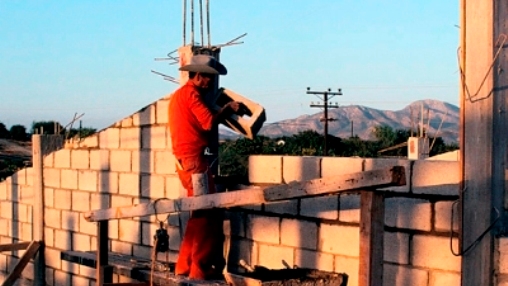Mexico City, May 7th 2012 – The ongoing modernization of the procurement system in Mexico could save up to MXN$100 billion pesos (about US$7.6 billion dollars) – 15% of the total procurement budget – and could mean a better supply of services like health, education and housing to citizens, according to government civil servants and international experts.
Poor procurement systems are not only inefficient, costly and make the risk of corruption greater, but they also prevent that the services go to those who need them the most. In order to help the Mexican government to keep these risks in check, the World Bank works with the authorities on the implementation of reforms to its procurement system.
This is an example of the long-standing partnership with Mexico that the World Bank has: beyond traditional lending services, the World Bank’s engagement focuses on comprehensive development solution packages tailored to the specific needs of the countries. This goes from offering technical assistance like in this specific case, to bringing key stakeholder together on an important issue, or helping to exchange knowledge with other countries.
In Mexico, public purchases represent about a third of the federal government’s budget and 8% to 10% of the country’s GDP, and therefore constitute the government activity with the most impact on the economy, according to Rafael Morgan Ríos, the Mexican Public Administration Minister. The procurement level in Mexico amounts to about US$55 billion in average per year, said the Minister. That means that saving a mere 1% would already represent saving US$550 million – money better employed in necessary social or infrastructure projects, for example.
To give an idea of how much a more efficient procurement system can benefit the population, authorities pointed out that 1% of savings could be equal to:
- 15 housing units of 192 apartments each;
- 2,000 cargo vehicles;
- 20 units of general practitioners and 10 general hospitals;
- 50,000 personal computers;
- 15 public libraries;
- 60 bridges;
- 40 schools of technological education;
Modernization of the procurement system
Mexico has gone forward in modernizing its procurement system to make it more transparent and efficient. The changes in the system were part of the agenda in an international conference on integrity in procurement, in Mexico City, March 27th to 28th, in which representatives of the World Bank, the Inter-American Development Bank, the Inter-American procurement network, as well as academics and representatives from Australia, Italy, Canada, US, Brazil, Paraguay, Chile and Panama participated, among others.

